 BCATP
BCATP  |
Lancaster
|
Media
|
Lancaster
|
Media
 BCATP
BCATP  |
Lancaster
|
Media
|
Lancaster
|
Media
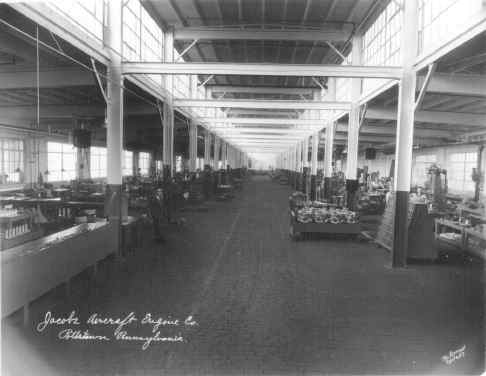 The main production plant at Pottstown, Pennsylvania. |
In 1929 the Jacobs Aircraft Engine Company was organized in Philadelphia to develop and produce a seven-cylinder radial aircraft engine of 140 horsepower. Three years later, the company acquired a machine shop of the former Light Manufacturing and Foundry Company, in Pottstown, Pennsylvania.
|
In 1934, the company introduced the Jacobs L-4 engine, rated at 225 horsepower. It was the most efficient aircraft engine produced in its power class at the time and gained almost immediate acceptance in competition with longer-established models produced by other engine companies. It was the first in its power class to use forged aluminum pistons, sodium-filled exhaust valves, and a magnesium alloy crankcase. From then on, the company became a leader in commercial sales of engines in the 200-400 horsepower class. The Jacobs engine had a tendency to vibrate at lower rpm's, and thus became known as "Shakin Jake" or "Shaky Jake." |
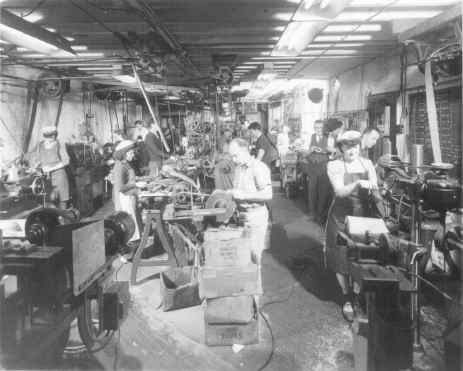 The machine shop at the Pottstown plant during the 1930's where smaller engine components were manufactured. |
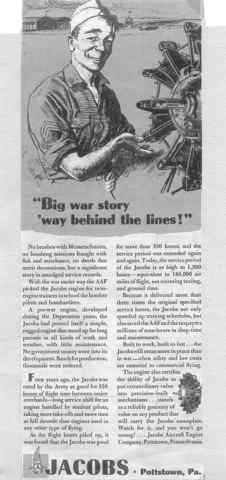
|
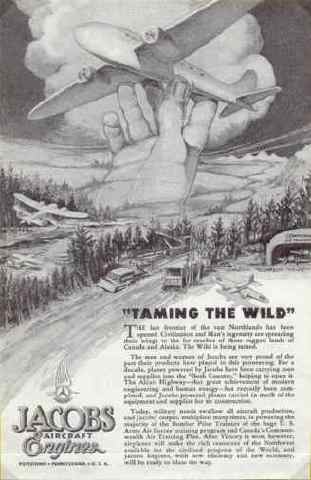
|
Between 1934 and 1940 the engine was modernized and improved, and two other models of higher horsepower were added. Airplanes powered with Jacobs engines were operating in 26 different countries in various parts of the world, and powered more four and five place cabin airplanes in this period and than any other engine in its horsepower class. In 1941, as a result of the outstanding production of air-cooled engines, the company was asked by the War Department to undertake the production of Pratt & Whitney R-985 and R-1340 engines in a government-constructed plant with use of government facilities. The same year, a contract was received for a large quantity of these engines and production continued until 1945.
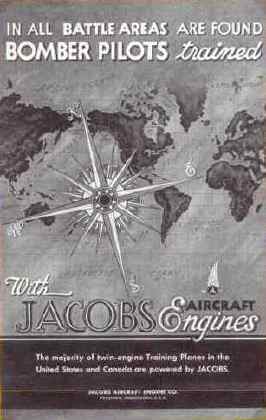
|
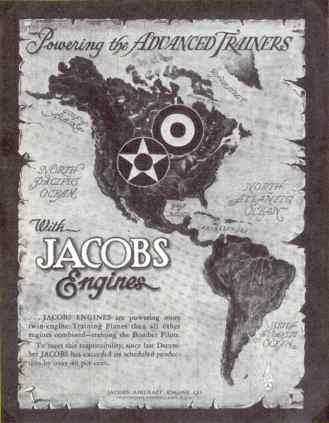
|
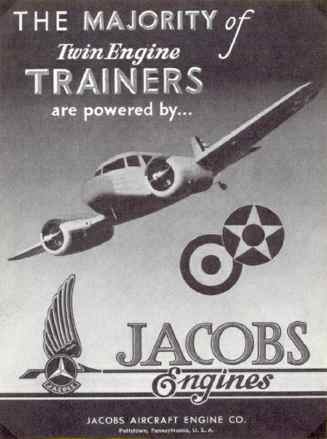
|
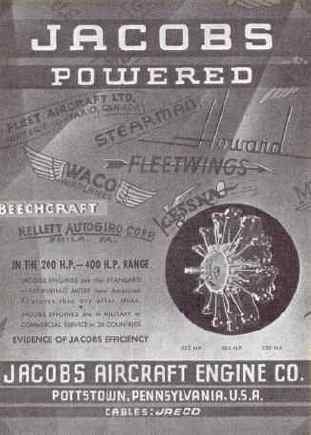
|
In September, 1939, the company was awarded an American government contract for engines to be used in training aircraft. In June, 1940 a substantial contract was received from the Canadian Government for engines to be used in the twin-engine Avro Anson training aircraft. The Pottstown plant was one of four that supplied the Jacobs 330 horsepower L6-MB (R-755-A military designation) engines to power the Canadian built Avro Anson Mk. II.
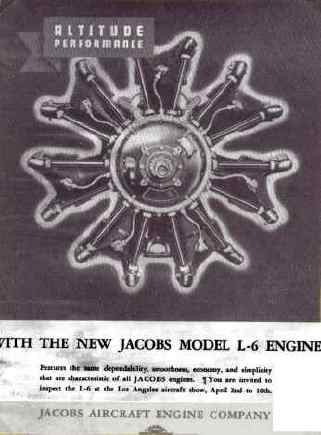
|
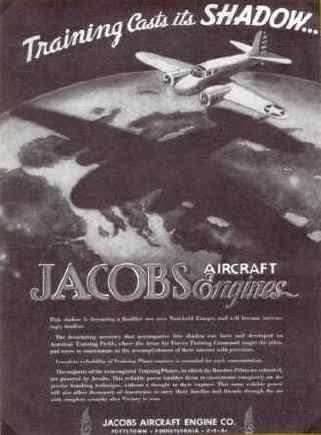
|
Across the country great numbers of Avro Ansons served as the mainstay twin-engine trainer for the British Commonwealth Training Plan. The Anson on display in the museum has two of the Jacobs L6-MB engines, one of which is in running condition.
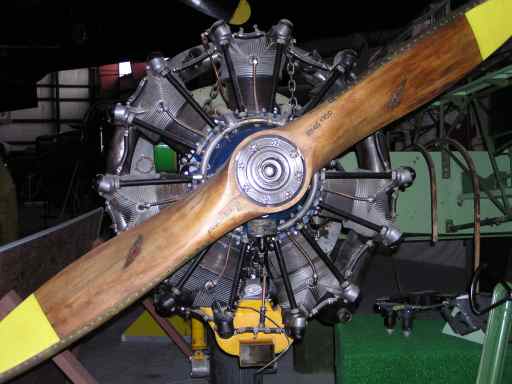
The museum also has two of the smaller 285 horsepower Jacobs L4-MB (R-755-9) that powered the American built Cessna Crane. An unrestored example of this aircraft is also on display in the museum along with the engines. This twin-engine aircraft was used during WWII in the United States and by the BCATP in Canada as a twin-engine trainer.